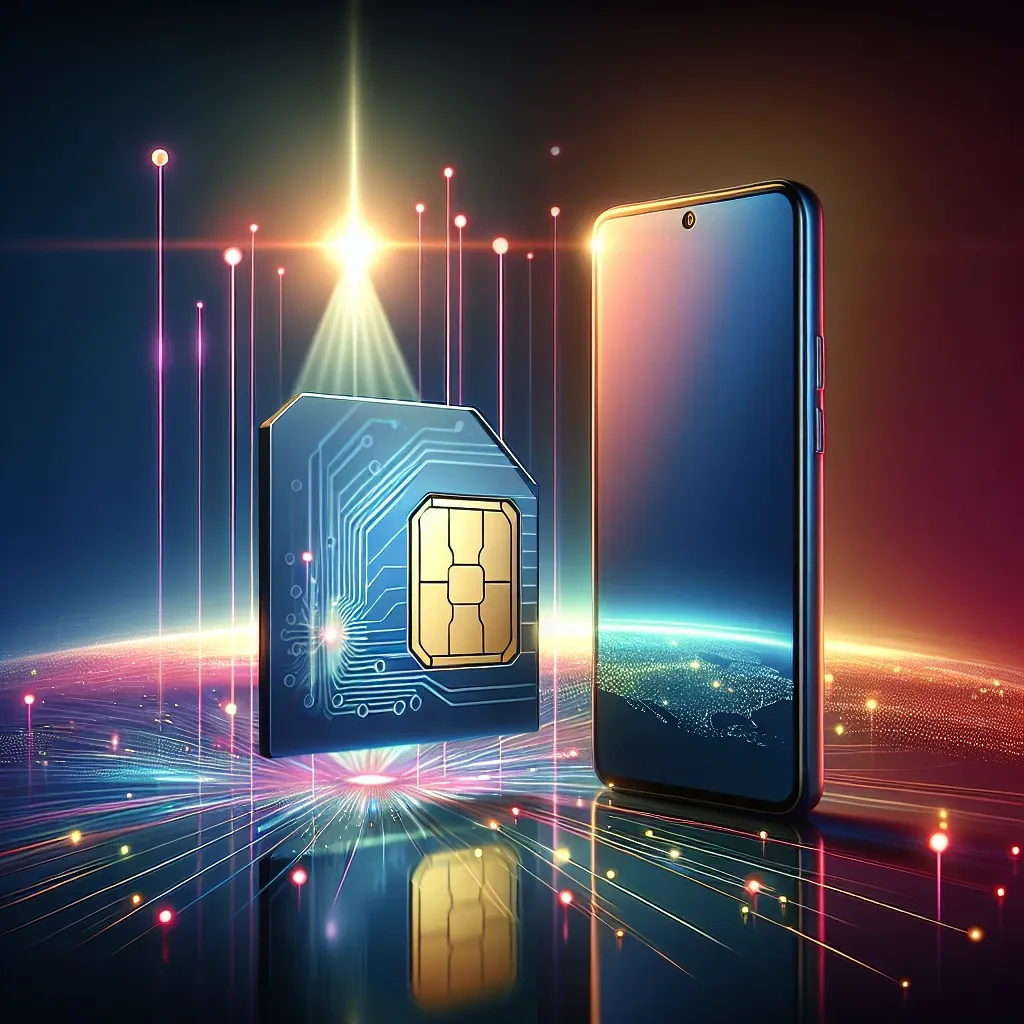Introduction
The Google Pixel 10 represents a significant shift in mobile technology with its adoption of an eSIM-only design. As we navigate through this revolutionary development in smartphone connectivity, it’s essential to understand what eSIM technology entails, its historical evolution, and its anticipated impact on users around the globe.
What is eSIM Technology?
Embedded SIM (eSIM) technology is a digital SIM that is embedded directly into the device, eliminating the need for a physical SIM card. This technology has been in the making for several years and offers numerous advantages over the conventional SIM card design.
Historical Context
The journey toward eSIM began with the introduction of SIM cards in the 1990s. Over the years, advancements in mobile technology spurred the need for more versatile solutions. With the rise of IoT (Internet of Things) devices and the increasing demand for connectivity, eSIM emerged as a practical alternative.
Key Milestones in eSIM Development
- 2016: The GSMA (GSM Association) standardized eSIM technology.
- 2018: Major smartphone manufacturers began integrating eSIM into their devices.
- 2020: eSIM technology gained traction among network operators worldwide.
Advantages of eSIM-Only Design
The decision by Google to launch the Pixel 10 with an eSIM-only design offers several advantages:
- Space Efficiency: Without the need for a SIM card tray, manufacturers can utilize that space for larger batteries or other innovative technologies.
- Enhanced Security: eSIMs are more secure than physical SIM cards, reducing the risk of SIM swapping attacks.
- Ease of Use: Users can switch carriers without the hassle of obtaining a new SIM card, simplifying the process when traveling or switching providers.
- Environmental Impact: Fewer physical components contribute to a reduction in electronic waste.
Challenges and Considerations
Despite its many advantages, the transition to eSIM technology is not without challenges.
Potential Drawbacks
- Carrier Limitations: Not all mobile carriers support eSIM technology, which may limit user options.
- Consumer Awareness: Many consumers are still unfamiliar with eSIM, which could hinder adoption.
- Device Compatibility: Users with older devices may not be able to take advantage of eSIM features.
User Experience with the Google Pixel 10
Transitioning to an eSIM-only design on the Google Pixel 10 promises to enhance user experience significantly. Here’s how:
Simple Activation Process
The activation process for an eSIM is typically straightforward. Users can scan a QR code provided by their carrier or download their carrier’s app to activate their eSIM, making the process user-friendly.
Multiple Profiles
The eSIM technology allows users to store multiple carrier profiles on a single device. This feature is particularly beneficial for frequent travelers who may need to switch between local and international carriers.
Future of Mobile Connectivity
As we look ahead, the implications of Google’s decision to adopt an eSIM-only design extend beyond the Pixel 10. It is indicative of a broader trend in the smartphone industry.
Predictions for Future Devices
Experts predict that more smartphone manufacturers will abandon physical SIM cards in favor of eSIM technology. As infrastructure improves and more carriers support eSIM, the adoption rate is likely to increase.
Impact on IoT and Wearables
The rise of eSIMs could also facilitate growth in IoT devices and wearables, as manufacturers can design more compact products without the need for a SIM card slot.
Cultural Relevance and Consumer Sentiment
The introduction of eSIM technology also reflects changing consumer attitudes towards connectivity. In an age where convenience is paramount, users increasingly favor solutions that simplify their digital lives.
Adoption Trends
Surveys indicate that consumers are open to adopting eSIM technology, particularly among younger demographics who value digital solutions over traditional ones.
Conclusion
The Google Pixel 10’s eSIM-only design marks a significant leap forward in mobile technology. With its myriad benefits, including enhanced security, ease of use, and improved user experience, eSIM technology is poised to redefine how we think about mobile connectivity. As the industry continues to evolve, we can expect to see a growing acceptance of eSIM among consumers and carriers alike, paving the way for a more connected future.





